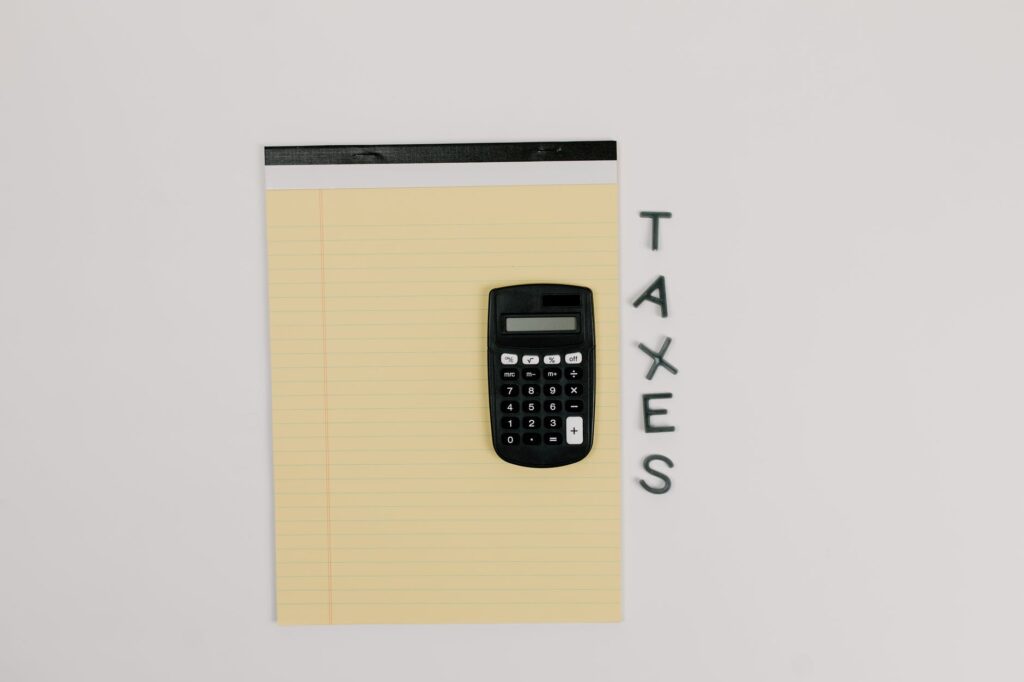Forms of business taxation
When filling in the CEIDIG-1 form, you must choose the appropriate form of taxation when establishing your business. You can choose: general taxation (17% and 32%), flat rate (19%), lump sum of registered income and tax card. If you decide on a taxation method such as: flat rate, lump sum Read More









Recent Comments